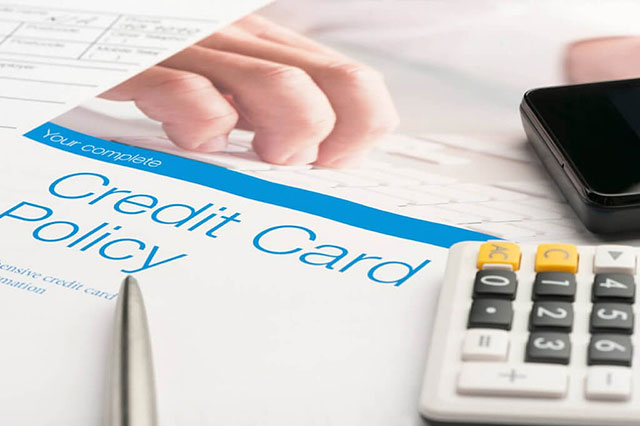Over half of Americans don’t have the reading level necessary to understand most agreements.

If you’re one of those people who never reads your credit card agreements because they’re written in “legalese” you’re not alone. A new investigative study by CreditCards.com finds that in spite of efforts by the CFPB to simplify credit card agreement language, it’s still too complex for the average American to read.
- The average American has around a 7th grade reading level
- The average credit card agreement is written at an 11th grade reading level
What’s more troubling, that 11th grade level is just the average. Many agreements get up to 17th grade reading level, meaning the reader would need at least Bachelor’s degree to be able to understand what it says. A few agreements even required a graduate-level reading ability.
“It’s troubling to see such a disconnect because understanding a credit card agreement can be critical when it comes to a person’s ability to use a credit card effectively,” says April Lewis-Parks, Financial Education Director of Consolidated Credit. “In this case, what you don’t know can definitely hurt you.”
What information are you missing in your agreement?
Here are just a few examples of the kind of information contained in a credit card agreement:
- A full view of APR. The agreement details not just the introductory rate and the standard rate, but the rates for cash advances and balance transfers as well as the rate applied if the card has penalty APR for late payments.
- Grace period. Some cards have a small window after the payment due date where you can pay without getting penalized.
- Effects of nonpayment. If you have a credit card where you have a checking or savings account, the company may state in the agreement that they have the right to take funds from your accounts for nonpayment.
- All agreements provide a detailed list of fees, from late payment and over-limit fees to how much you’ll have to pay to replace a lost card.
- Minimum payment calculation. Minimum payments are typically calculated as a small percentage of the current balance. The agreement designates what percentage it is.
- Account changes and termination. How both you and the issuer can make changes to the account and terminate the account.
Overcoming confusing card legalese
“Many times people’s reaction to not being able to understand a document is just to stop reading,” Lewis-Parks continues, “but when it comes to the document that oversees one of your credit cards, you can’t afford to just let it go.”
The best solution is to pick up the phone and call the customer service department for the credit card. Since laws like the Credit CARD Act of 2009 require full and clear disclosure of terms, you have a right to call and get clarification so you fully understand your account.
“Your credit card’s customer service team can be an invaluable resource for managing your account and debt effectively. Helping you understand your credit card agreement is just one thing they can assist you with,” Lewis-Parks encourages. “Explaining fees you don’t understand, interest rate negotiation, account adjustments – customer service reps are your personal hotline to a better grasp on your credit cards.”